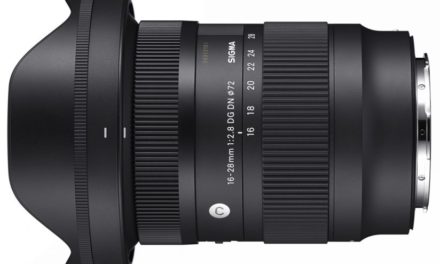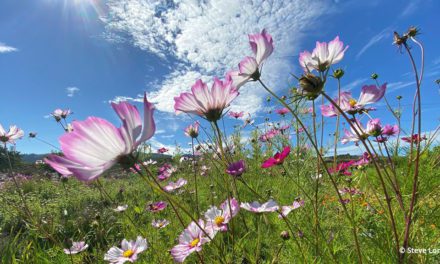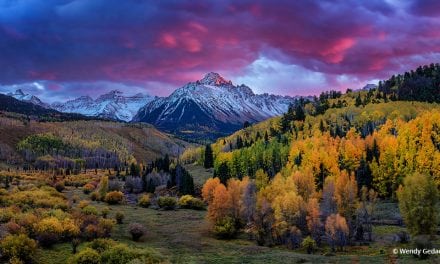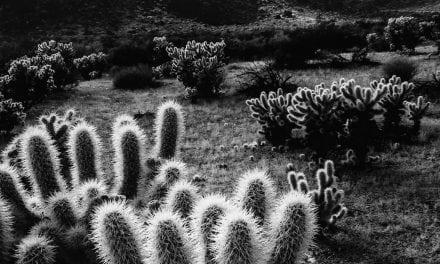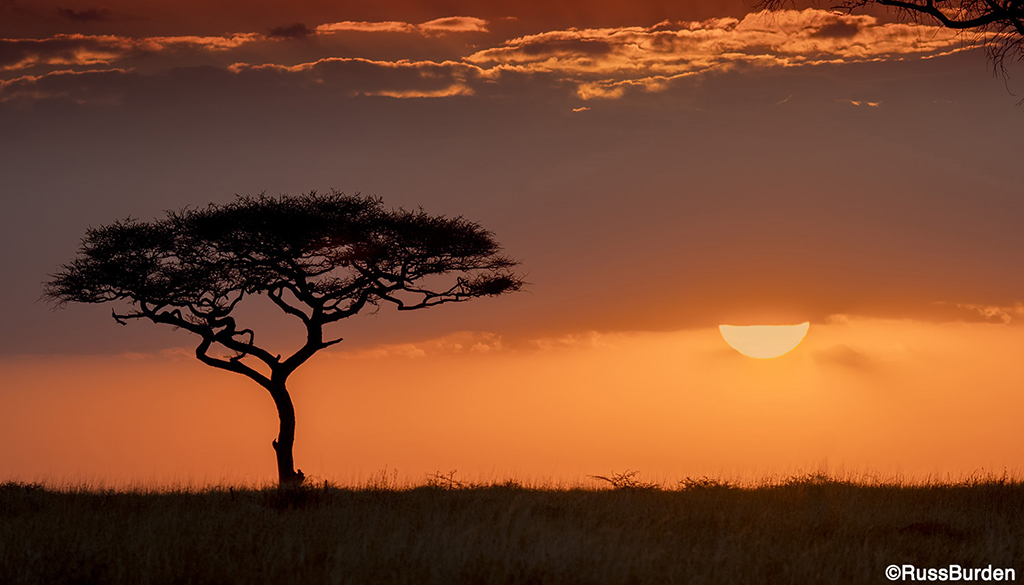
Nature photography encompasses a lot of subtopics. Abstracts, macro, wildlife, landscapes, star trails, astrophotography, environmental and so much more. Then, factor in that each of these subtopics encompasses further subdivisions. It’s no wonder many nature photographers specialize in just one area. Today’s focus is landscapes, and I share with you a guide of 7 quick landscape photography reminders to carry in your camera bag to remind you of what can be done to bring your landscapes to the next level.
Light
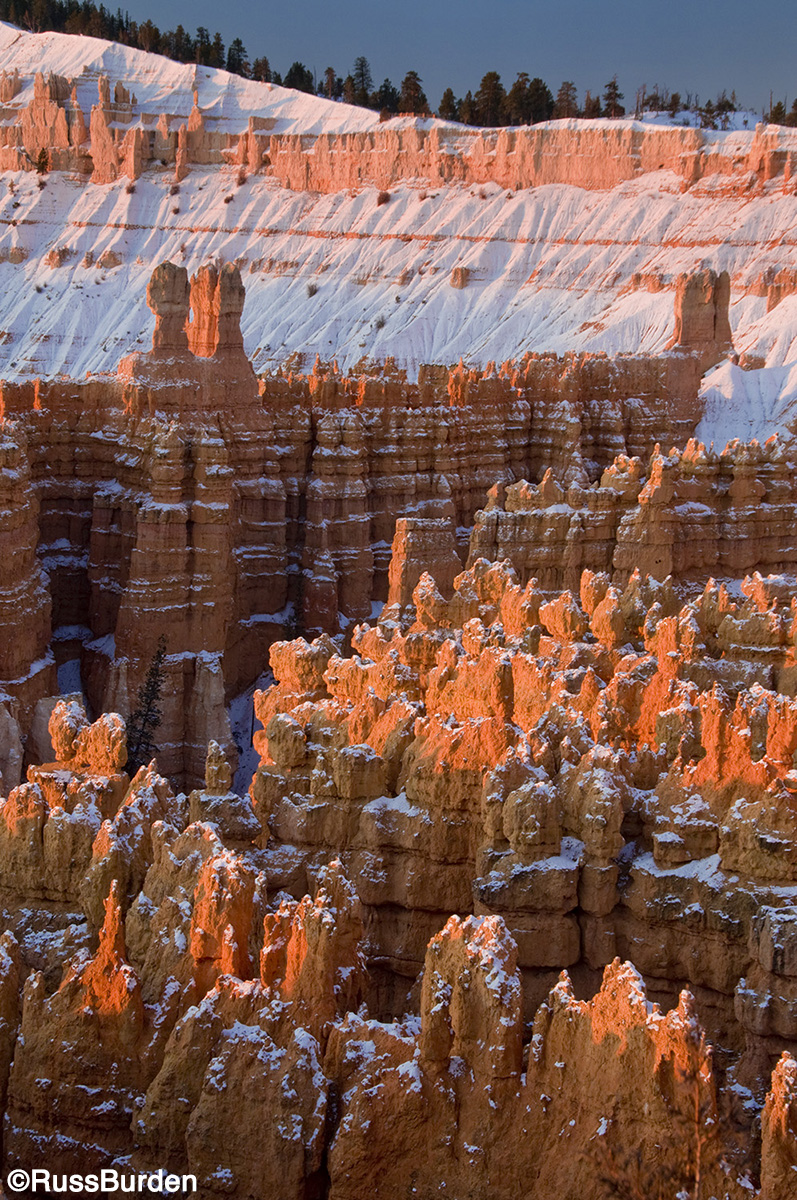
The most sought-after light occurs at sunrise and sunset. The color is warm, it reveals shape and texture due to the low angle and if there are clouds, the colors can be spectacular. Stay out until sunset and be at your location at the crack of dawn to capture the effect. Work the light 90 degrees to your subject to create shape and texture.
Rule of Thirds
I prefer to call it the “guideline of thirds” in that there are times when you can break it successfully, but for the majority of photographic situations, it will help. Get the main subject out of the center of the picture. Place primary subjects where the lines of a tic-tac-toe grid intersect.
Leading Lines
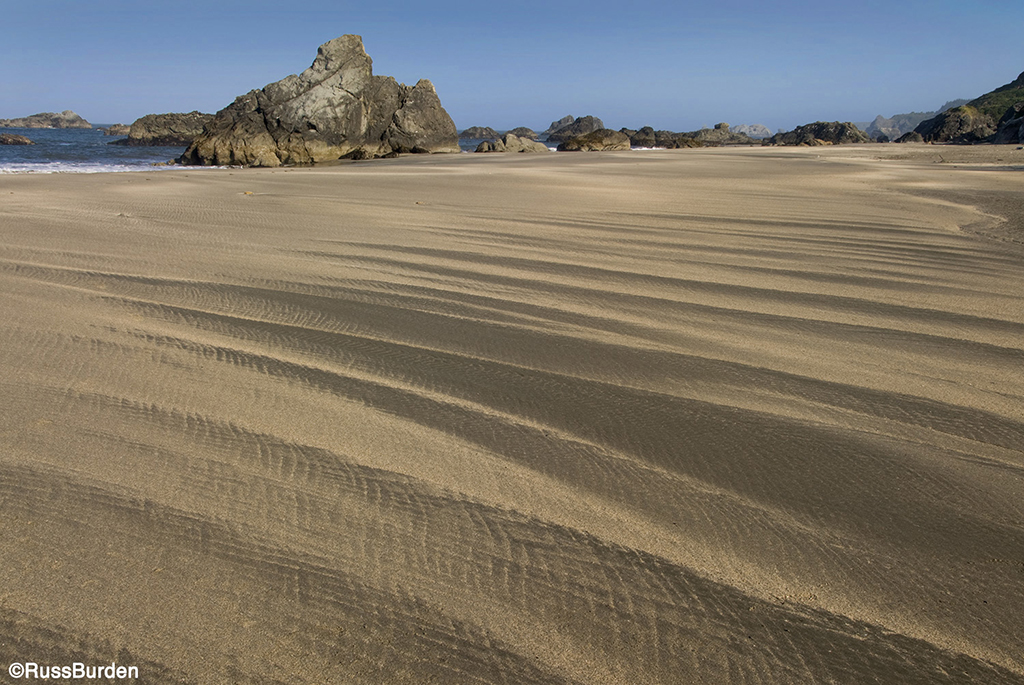
Leading lines guide the viewer’s eye to the primary focal points. They can be zig-zag, bending, diagonal or straight and should relate to the context of the overall image.
Think Small

Landscapes are commonly photographed with wide-angle lenses to take in the grand scenic. But don’t overlook the intimate landscape that lies at your feet or the narrow slice of the overall environment. Look to the right, to the left, down and up. The shot of the day may be a portion of the overall scene.
Filter It
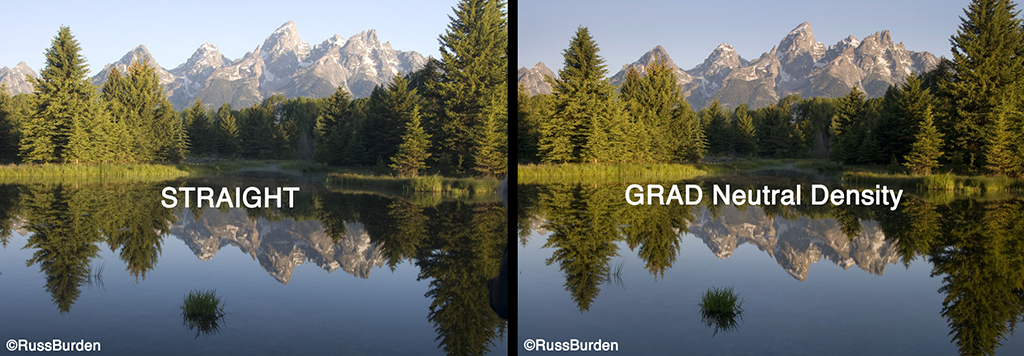
Two filters I never leave home without are my polarizer and graduated neutral density. The polarizer saturates a blue sky and removes glare from shiny surfaces. The graduated neutral density allows me to create better exposures of a bright sky when coupled with a shadowed foreground. A two-stop soft edge is the most versatile, although I carry other variations.
Shallow Depth Of Field
If the goal is to make a single flower the focal point, strap on the telephoto, focus on a given bud and open the lens up. This will create a selective focus look wherein just a single plane is sharp. The farther away from the background the subject lives, the greater the effect of shallow depth of field.
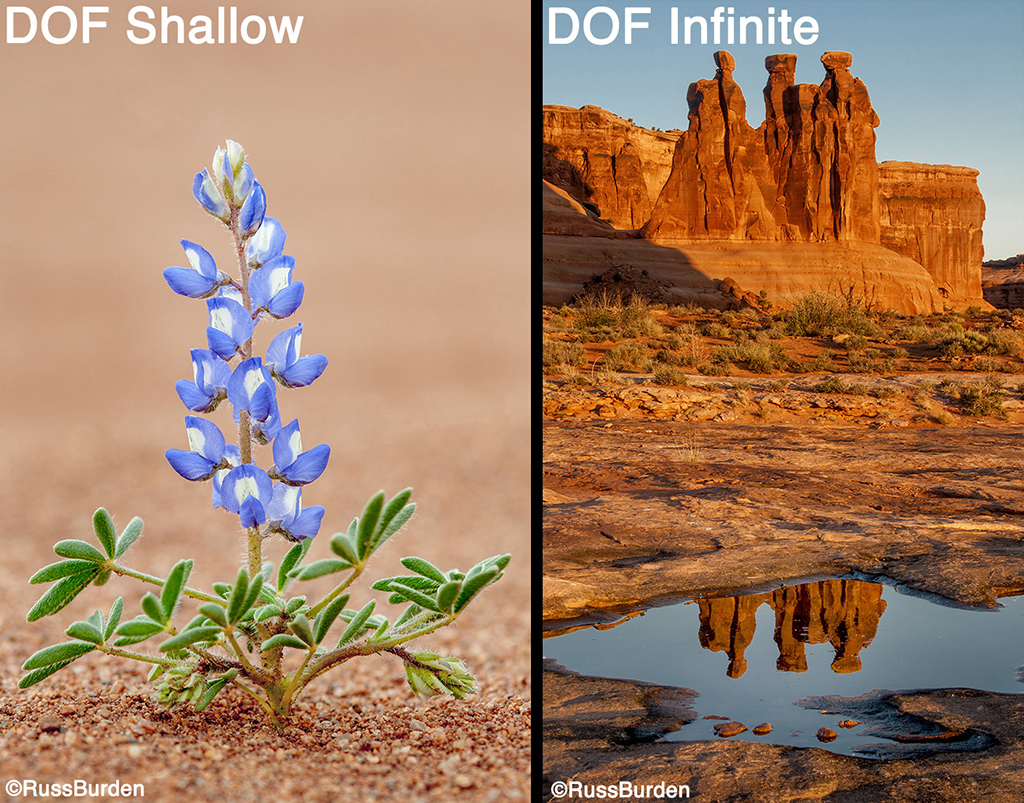
Infinite Depth Of Field
To obtain foreground to background sharpness, strap on a wide-angle, stop it down to f/22 and focus one-third into the image. This works great to depict the vast landscape.
Frame It
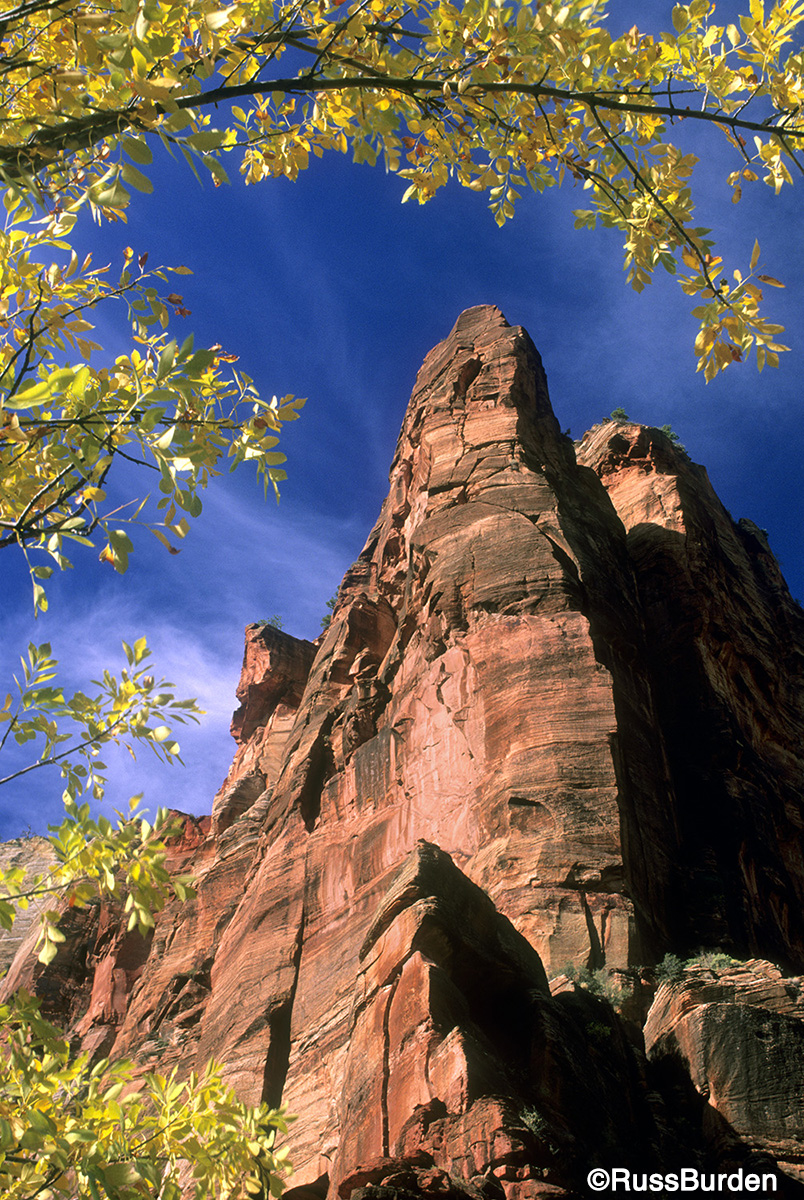
The compositional technique of framing draws a viewer’s attention to the main subject. It unifies the primary focal point with natural objects that surround it. These objects emphasize the subject, add a sense of depth and help identify the setting of the photograph. Framing can be used to hide distracting elements and strategically fill in areas that otherwise may lack interest.
So the next time you’re in the field, refer to these 7 Quick Landscape Photography Reminders to get the most out of your landscape photography opportunities.
To learn more about this subject, join me on a photo safari to Tanzania. Visit www.russburdenphotography.com to get more information.
The post 7 Quick Landscape Photography Reminders appeared first on Outdoor Photographer.











